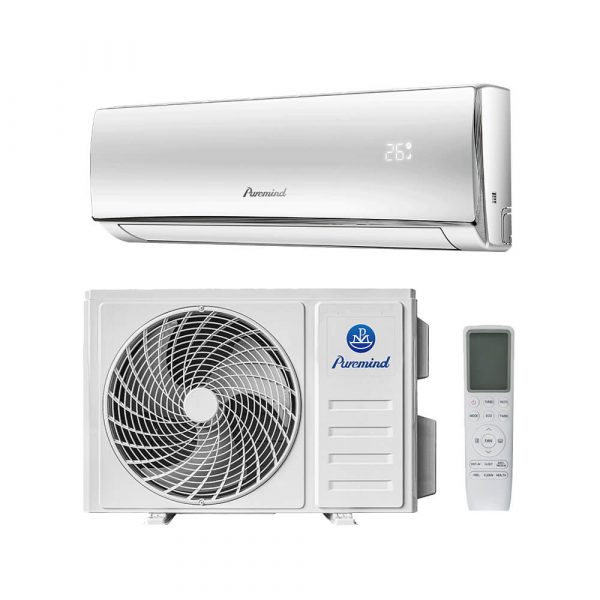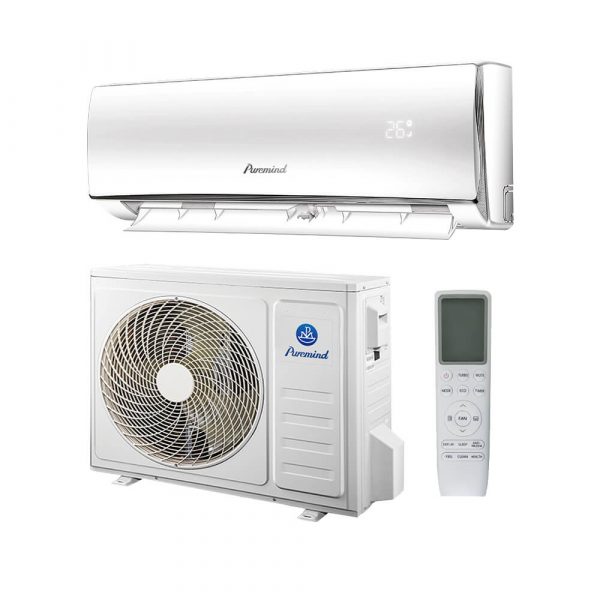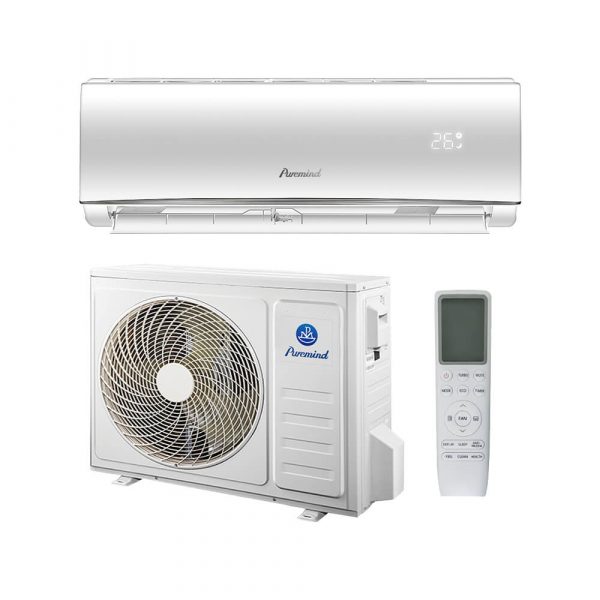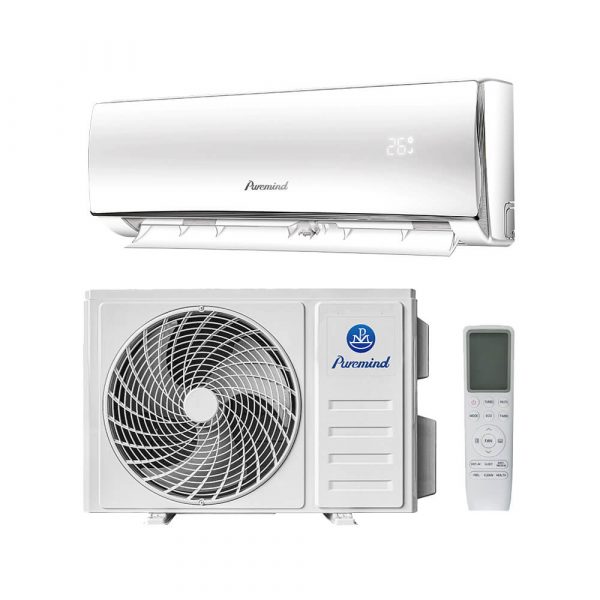Cost to Install a Mini Split Air Conditioner: A Complete Guide
Mini split air conditioners have grown in popularity for their energy efficiency, quiet operation, and zoning capabilities. However, understanding the cost to install a mini split air conditioner is crucial for homeowners and businesses considering this HVAC upgrade. This guide provides a comprehensive breakdown of the costs involved, from unit pricing to labor and long-term savings.
What Is a Mini Split Air Conditioner?
A mini split system, also known as a ductless split system, includes an outdoor compressor and one or more indoor air-handling units. Unlike central air systems, mini splits do not require ductwork, making them more flexible and efficient for zone-based temperature control. They are ideal for additions, renovated spaces, and homes without existing duct systems.
Average Installation Cost Overview
The overall cost to install a mini split air conditioner typically ranges between $2,000 and $10,000, depending on various factors. Here’s a general breakdown:
- Single-Zone Mini Split: $2,000–$5,000 installed
- Multi-Zone (2–5 zones): $5,000–$10,000 or more
- Labor Costs: $500–$2,000 depending on complexity and location
Factors Affecting Installation Cost
1. Number of Zones
The more zones (indoor units) you require, the higher the cost. Each indoor unit must be connected to the outdoor unit, increasing equipment and labor expenses.
2. Unit Size (BTU Rating)
Larger spaces require higher BTU-rated systems. For example, a 12,000 BTU unit might cost $1,500–$2,500, while a 36,000 BTU multi-zone system could reach $5,000–$8,000.
3. Brand and Features
Premium brands like Mitsubishi, Daikin, or LG offer more efficient units with advanced features, often at a higher cost. However, they may save more energy over time.
4. Installation Complexity
Installation in older buildings, second stories, or tight crawlspaces may increase labor hours. Mounting indoor units in difficult locations or longer refrigerant line runs also raise costs.
5. Local Labor Rates
Labor costs vary widely by region. Urban areas often see higher hourly HVAC technician rates than rural areas.
Hidden and Additional Costs to Consider
- Electrical Upgrades: Adding a dedicated circuit or upgrading panels can cost $300–$1,000.
- Permits: Building permits may be required depending on local codes ($50–$300).
- Concrete Pad or Mounting Bracket: $100–$300 for the outdoor unit.
- Drainage System: Condensate pump or gravity drain setup if elevation is an issue.
DIY vs Professional Installation
While some mini split systems are marketed as “DIY-friendly,” installing them without certification can void the manufacturer’s warranty and may violate local codes. A licensed HVAC technician ensures:
- Proper refrigerant charging
- Leak testing
- Electrical safety compliance
- Correct sizing and placement
For peace of mind and long-term system performance, professional installation is recommended.
Long-Term Value and Energy Savings
Though upfront costs can be high, mini splits offer significant long-term savings:
- Energy Efficiency: SEER ratings of 20–30+ reduce monthly utility bills.
- Zoned Comfort: Only cool the rooms in use, minimizing energy waste.
- Low Maintenance: No ducts to clean; filters are easy to replace or clean monthly.
Real-Life Example Cost Breakdown
Here’s a sample cost estimate for a typical 3-zone mini split installation in a 1,500 sq ft home:
| Item | Estimated Cost |
|---|---|
| 36,000 BTU Multi-Zone Unit | $4,500 |
| Labor (installation + setup) | $1,200 |
| Electrical Upgrades | $500 |
| Permit Fees | $150 |
| Total | $6,350 |
Where to Buy Reliable Split Systems
If you’re considering investing in a mini split system, it’s essential to choose a reliable supplier. Explore top-performing split air conditioners on Puremind’s catalog for various BTU sizes, zone configurations, and energy ratings tailored for residential and light commercial use.
Conclusion
The cost to install a mini split air conditioner can vary widely depending on your specific needs, building layout, and preferences. However, the investment often pays off in comfort, energy savings, and long-term durability. Whether upgrading a single room or outfitting an entire home with a zoned system, a mini split offers flexibility that traditional systems simply can’t match.







